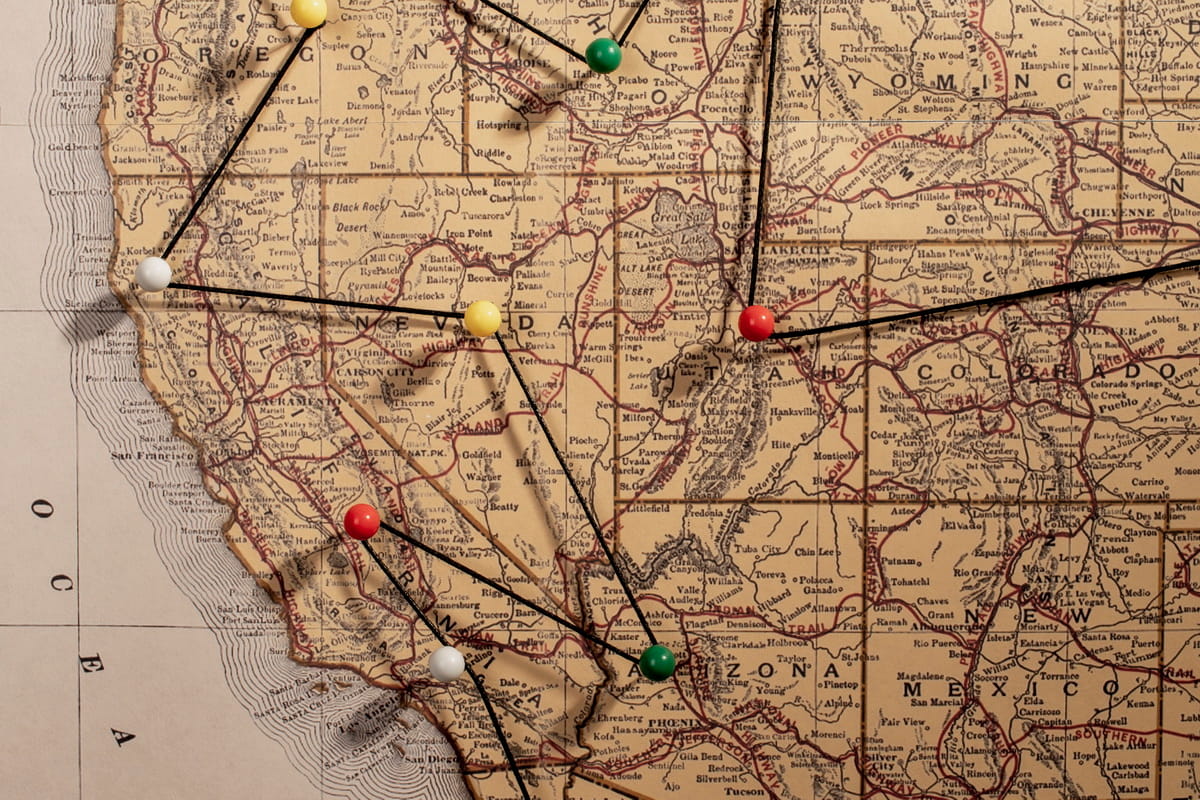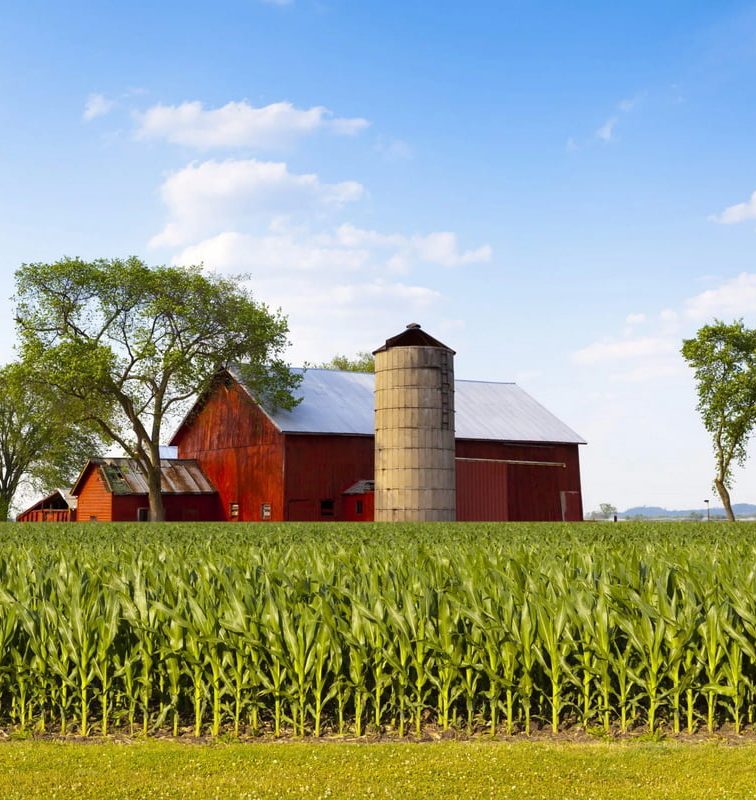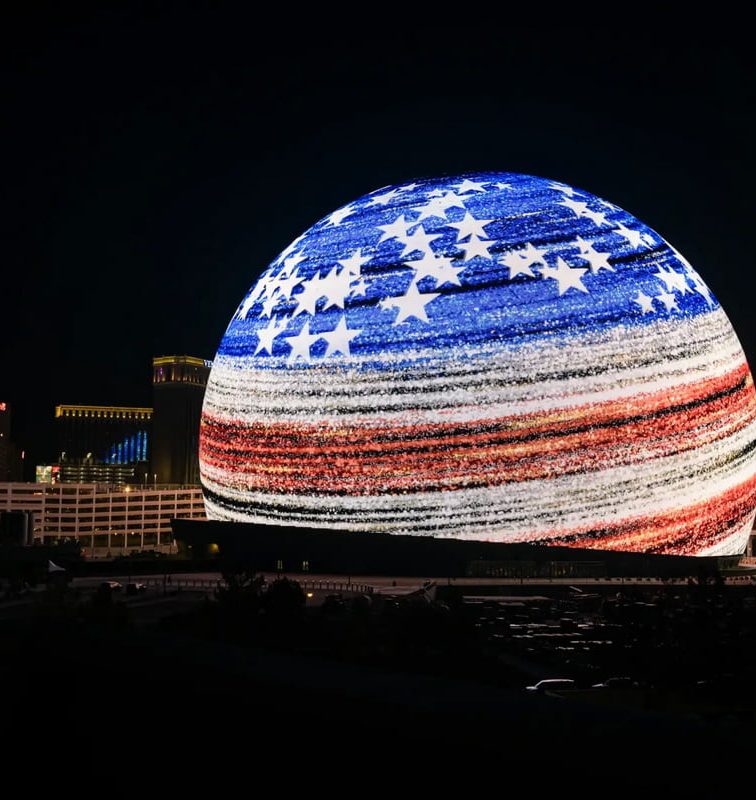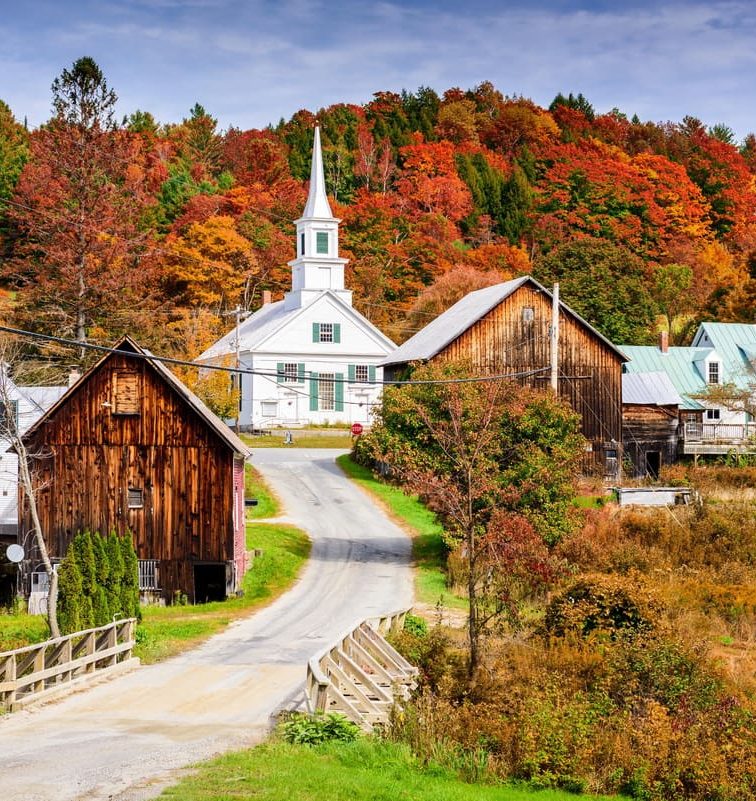The West Region of the United States is a tapestry of historical milestones and natural wonders. Home to the world’s tallest trees, the birthplace of groundbreaking technology, and the heart of the entertainment industry, this area is a vibrant testament to human innovation and the majesty of nature.
From the transformative Gold Rush of 1849 to the rise of Silicon Valley, the West Region has played a pivotal role in shaping American history. Join us as we explore the fun facts about the West region that showcase its remarkable diversity and captivating history.
1. The Tallest Trees on Earth: Majestic Redwoods of the West
The coastal redwoods of the West, primarily found in Northern California, are the tallest trees on Earth. The tallest among them, named Hyperion, stands at an astounding 380.8 feet, discovered in 2006. These trees, some over 2,000 years old, thrive in the foggy, damp climate of the Pacific Coast.
The redwood ecosystem supports various species and plays a crucial role in maintaining the ecological balance.
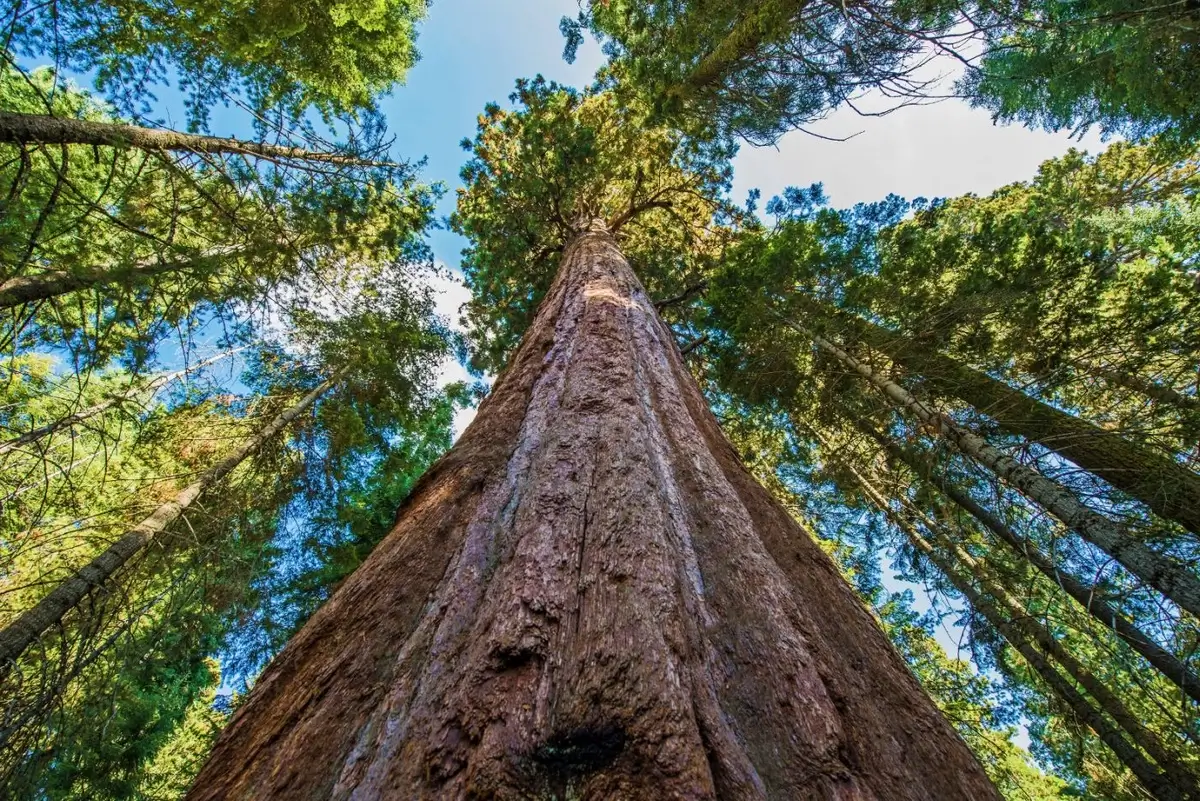
Image: tallslimtees.com
2. Gold Rush Legacy: How 1849 Changed the West
The 1849 California Gold Rush profoundly transformed the West Region. The discovery of gold at Sutter’s Mill in 1848 sparked the California Gold Rush of 1849, a major event in American history. This rush led to the migration of over 300,000 people to California, transforming it from a remote region to a bustling hub of activity.
The influx significantly impacted the socio-economic structure of the region, leading to California’s admission as the 31st state of the USA in 1850.
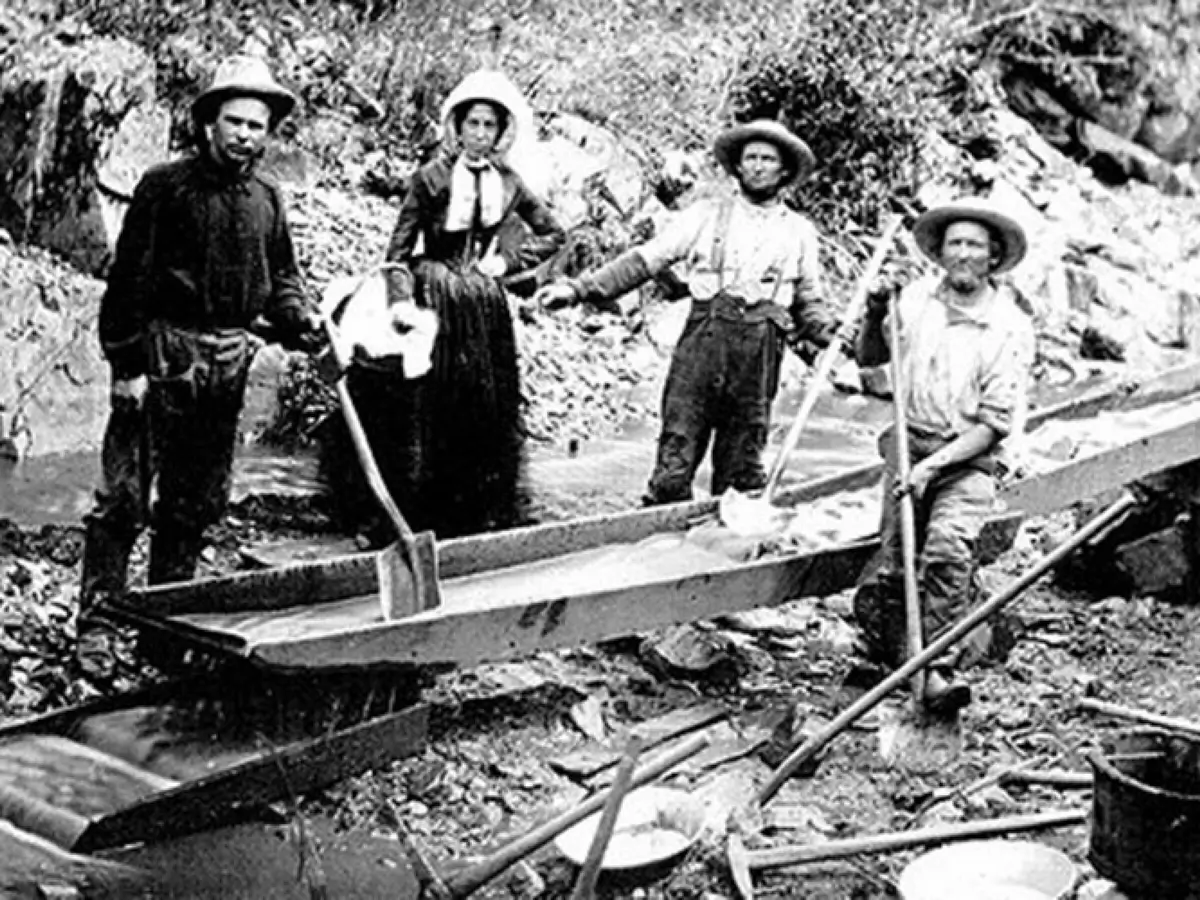
Woman and three men in California Gold Rush, 1850. Image: Wikimedia Commons
3. Silicon Valley: Birthplace of Tech Giants
Silicon Valley, nestled within the West Region, epitomizes technological innovation. This iconic area, named for its pivotal role in the silicon semiconductor industry, emerged as the global center for technology and innovation, symbolizing the West Region’s contribution to the tech world. Companies like Hewlett-Packard, founded in 1939, and the introduction of the microprocessor by Intel in 1971, marked the beginning of this transformation.
Today, it’s home to tech giants like Apple, Google, and Facebook, and continues to be a hotspot for technological advancement and venture capital.
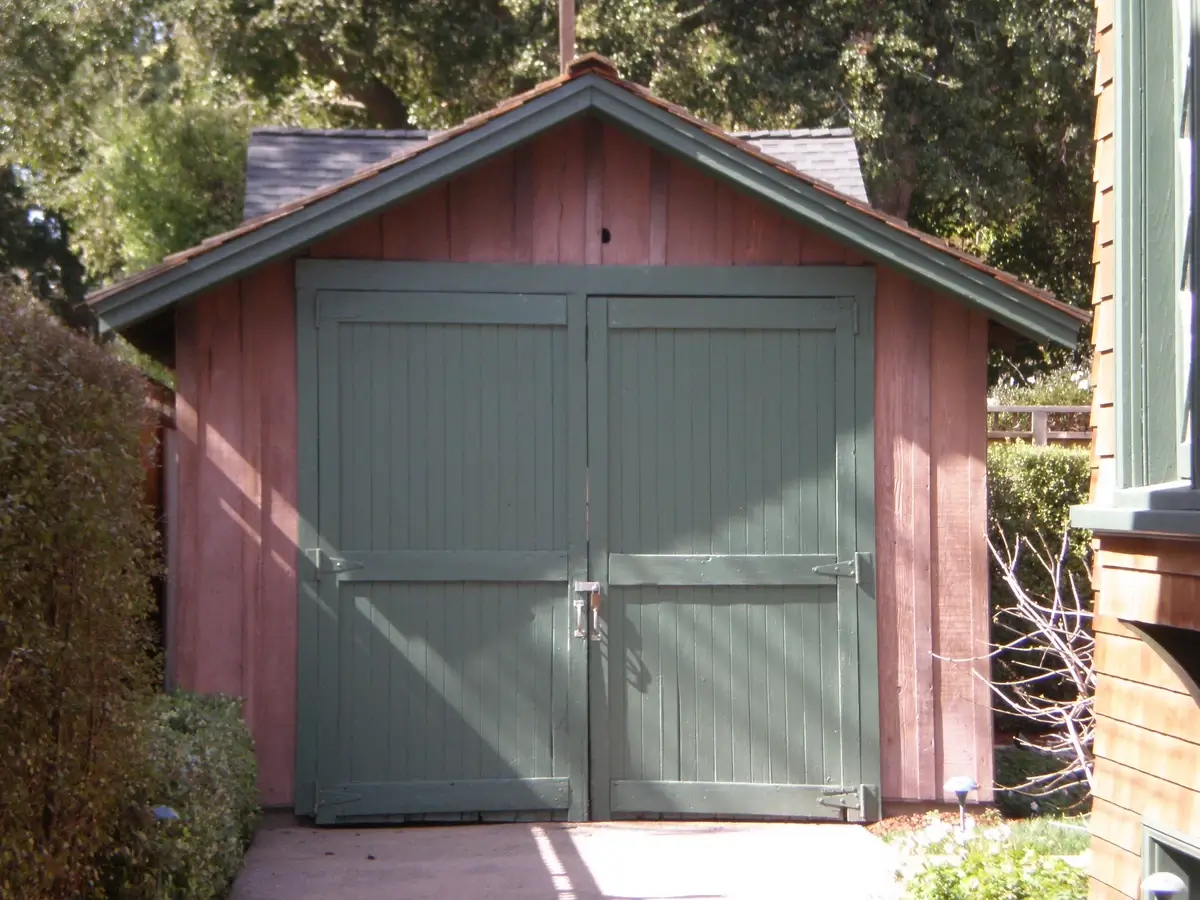
This is the iconic HP Garage, known as the birthplace of Silicon Valley, where Hewlett-Packard (HP) was founded, marking the beginning of the tech revolution. Image: Wikimedia Commons
4. Grand Canyon: A Geological Marvel of the West Region
The Grand Canyon, a defining feature of the West Region, showcases a breathtaking panorama of geological history. Carved over millions of years by the Colorado River, it reveals layers of the Earth’s crust, some dating back 1.8 billion years.
Spanning 277 miles in length and up to 18 miles in width, the Grand Canyon is a testament to the natural forces that have shaped the West Region’s landscape.
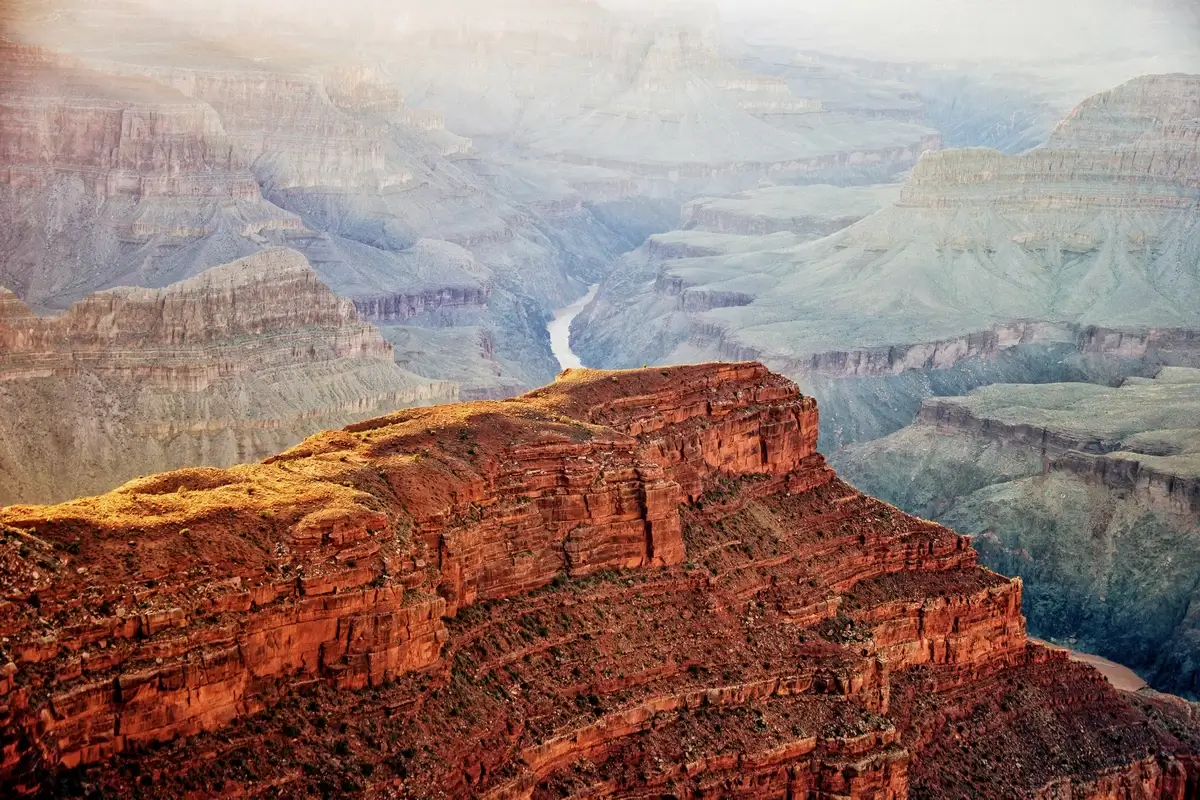
Image by wirestock / Freepik
5. Hollywood: The Global Hub of Entertainment
Hollywood in the West Region is synonymous with the film industry, a status it has held since its establishment as the center of American film production in the early 20th century. This rich history underpins Hollywood’s enduring influence and iconic status in the world of cinema.
The first major film studio, Universal Pictures, was founded in 1912. Hollywood’s development into a global entertainment powerhouse was fueled by its sunny weather, diverse scenery, and the advent of the talkies in the 1920s.
Today, it remains a symbol of the film industry, influencing global culture and entertainment.

Image: Pinterest
6. Yosemite National Park: A Natural Treasure of the West Region
Yosemite National Park, located in the West Region’s Sierra Nevada mountains, is renowned for its stunning granite cliffs, waterfalls, and giant sequoias. Established in 1890, it covers an area of over 747,956 acres.
Yosemite’s unique biodiversity and iconic landmarks like El Capitan and Half Dome make it a symbol of the West Region’s natural beauty.

Yosemite mountain ridge with waterfall. Image by TravelScape / Freepik
7. The Diverse Cuisine of the West Region
The West Region’s cuisine is a celebration of diversity and innovation. California’s unique burritos blend Mexican flavors with local ingredients.
The Pacific Northwest’s seafood, especially salmon, is prepared using time-honored indigenous techniques. Oregon’s Willamette Valley is famed for its exquisite Pinot Noir, rivaling renowned global vineyards. San Francisco’s Chinatown offers an authentic taste of Chinese heritage.
Emphasizing fresh, local produce, the region’s farm-to-table movement, pioneered by restaurants like Chez Panisse, highlights sustainable culinary practices.

Image: intersectionssouthla.org
8. Route 66: America’s Iconic Highway through the West Region
Route 66, often referred to as the “Main Street of America,” holds a special place in the West Region’s history. Established in 1926 and spanning 2,448 miles, it was a major path for migrants moving west, especially during the Dust Bowl of the 1930s.
This historic highway is a symbol of American culture and the spirit of adventure that pervades the West Region.
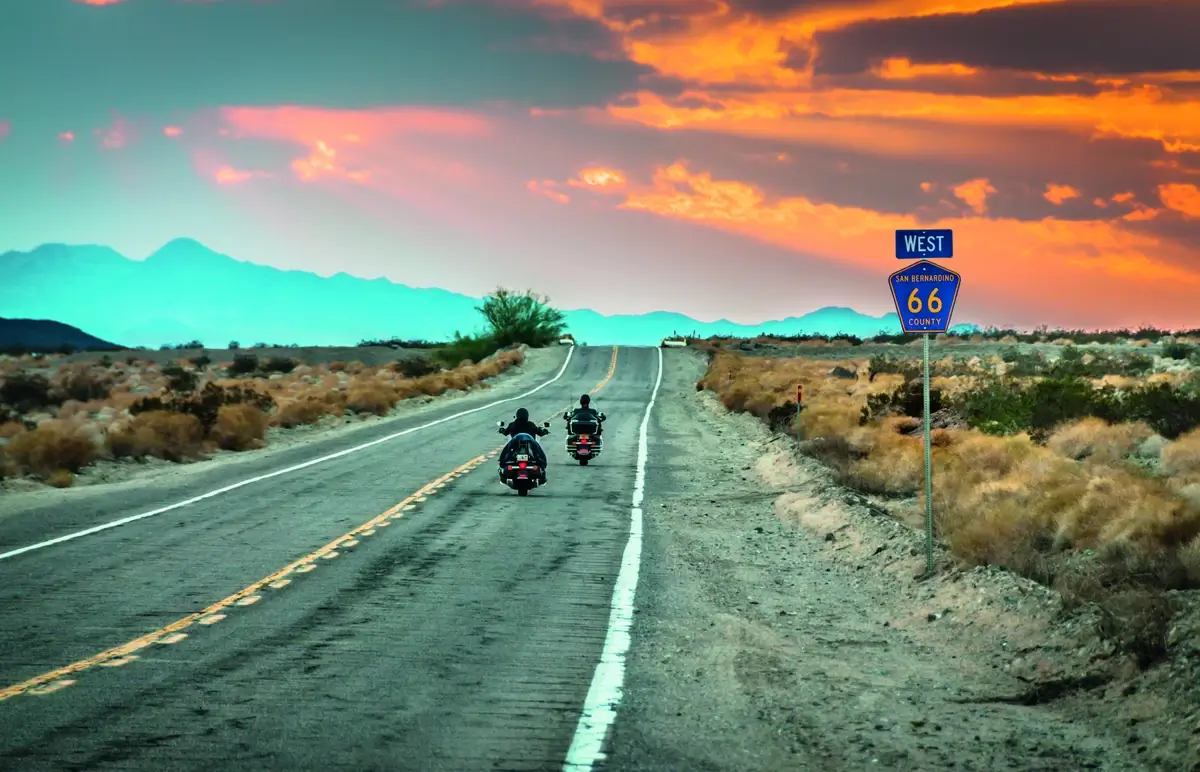
Image: money.com
9. The West’s Volcanic Past: Exploring the Cascade Range
The Cascade Range, extending across the West Region, is a striking reminder of the area’s volcanic history. This mountain range includes over 20 volcanoes, with Mount St. Helens’ 1980 eruption being one of the most notable events.
The volcanic activity has significantly shaped the region’s landscape, creating rich soils and unique ecosystems.
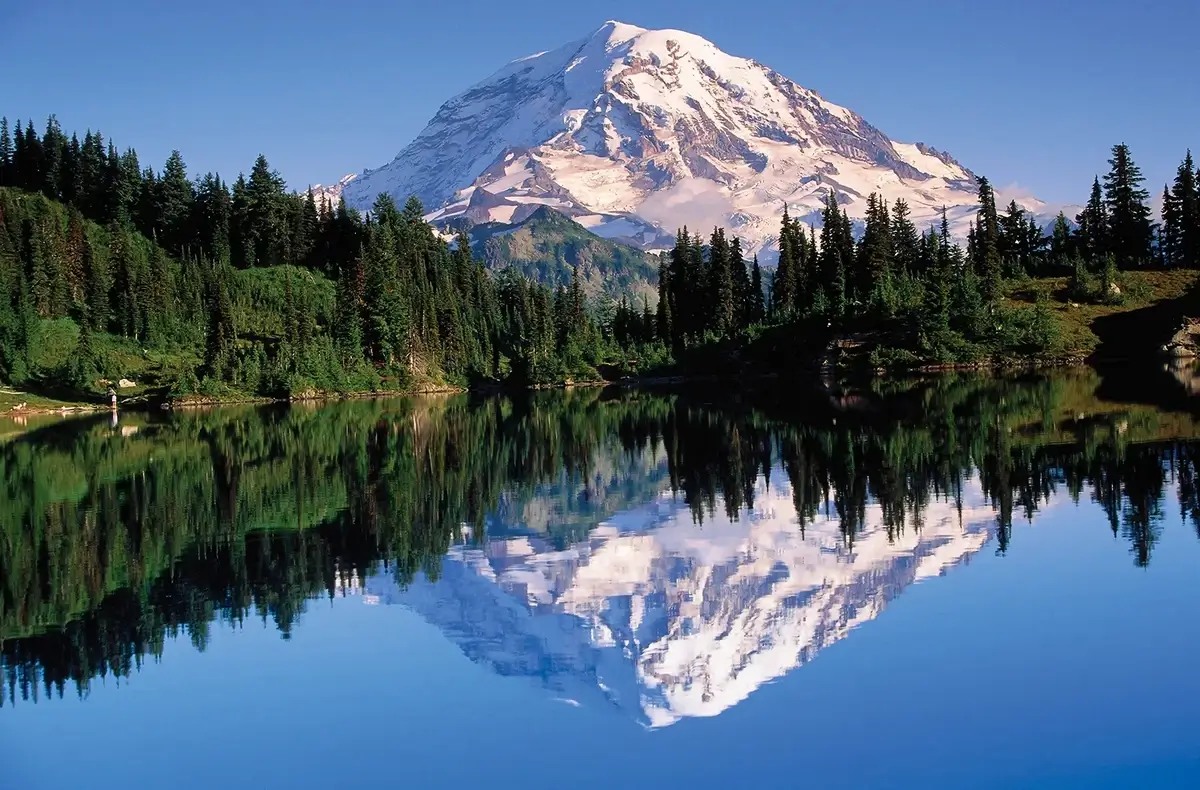
Image: Britannica
10. Star-Gazing Havens: The West Region’s Dark Sky Parks
The West Region is home to several International Dark Sky Parks, where stargazers can witness the night sky in its full glory. Parks like Death Valley National Park in California and Natural Bridges National Monument in Utah offer some of the darkest skies in the United States.
These areas, free from light pollution, provide a rare opportunity to observe celestial phenomena, including the Milky Way, with incredible clarity.
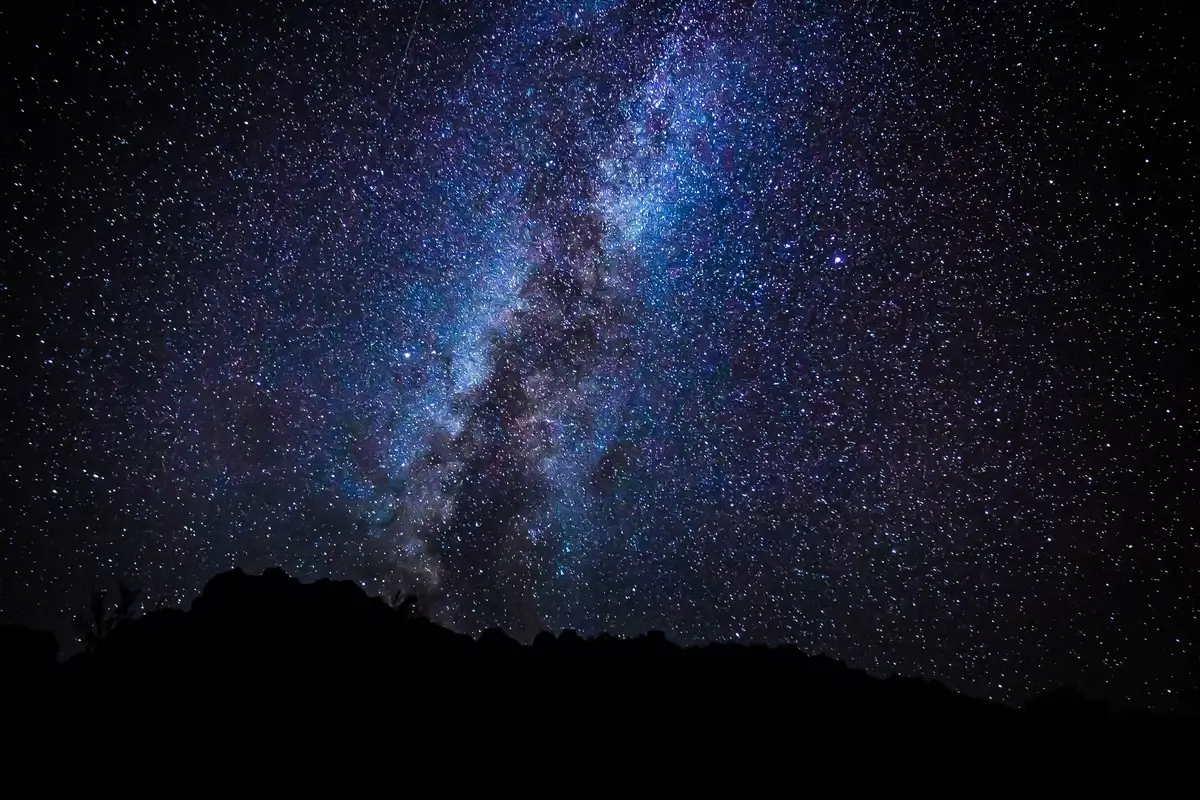
Night sky view from Death Valley. Image: oasisatdeathvalley.com
FAQ
What are 4 physical features in the West region?
The West region of the United States is characterized by diverse physical features, including the Rocky Mountains, known for their rugged terrain and significant elevation. The Sierra Nevada mountain range, home to the majestic Yosemite National Park and Lake Tahoe, is another prominent feature. The Mojave Desert offers a stark contrast with its arid landscape and unique flora and fauna. Additionally, the Pacific Coastline, stretching from Washington State to California, is renowned for its scenic beauty and varied ecosystems.
What is the most famous landmark in the West region?
The Grand Canyon, located in Arizona, stands as the most famous landmark in the West region. This natural wonder, carved by the Colorado River over millions of years, is renowned for its stunning geological formations and vast size, stretching 277 miles long and up to 18 miles wide. Its unique and colorful landscape attracts millions of visitors annually, making it a symbol of the region’s natural beauty.
What is special about the West region?
The West region is special for its remarkable diversity in both natural landscapes and cultural heritage. It encompasses a range of ecosystems, from the dense forests of the Pacific Northwest to the deserts of Nevada and Arizona. The region is also a melting pot of cultures, influenced by Native American, Hispanic, Asian, and other immigrant communities. Furthermore, it’s a hub of innovation and technology, particularly in areas like Silicon Valley, and a center for entertainment and arts, exemplified by Hollywood.
What is the population like in the West region?
The population of the West region is diverse and growing. It includes a mix of urban and rural communities, with major cities like Los Angeles, San Francisco, Seattle, and Denver. The region is known for its cultural diversity, with significant Hispanic, Asian, and Native American populations, contributing to a rich cultural tapestry. The West region’s population growth has been driven by factors like economic opportunities, especially in technology and entertainment, and its attractive natural environment.
What is the climate of the West region?
The climate of the West region varies greatly due to its vast size and diverse geography. The Pacific Northwest typically experiences a maritime climate, characterized by mild, wet winters and cool, dry summers. California’s climate ranges from Mediterranean along the coast to arid in the interior deserts. The Mountain states, including Colorado and Utah, have a highland climate with significant snowfall and cooler temperatures. The desert areas, such as those in Nevada and Arizona, are characterized by an arid climate with hot summers and mild winters.


